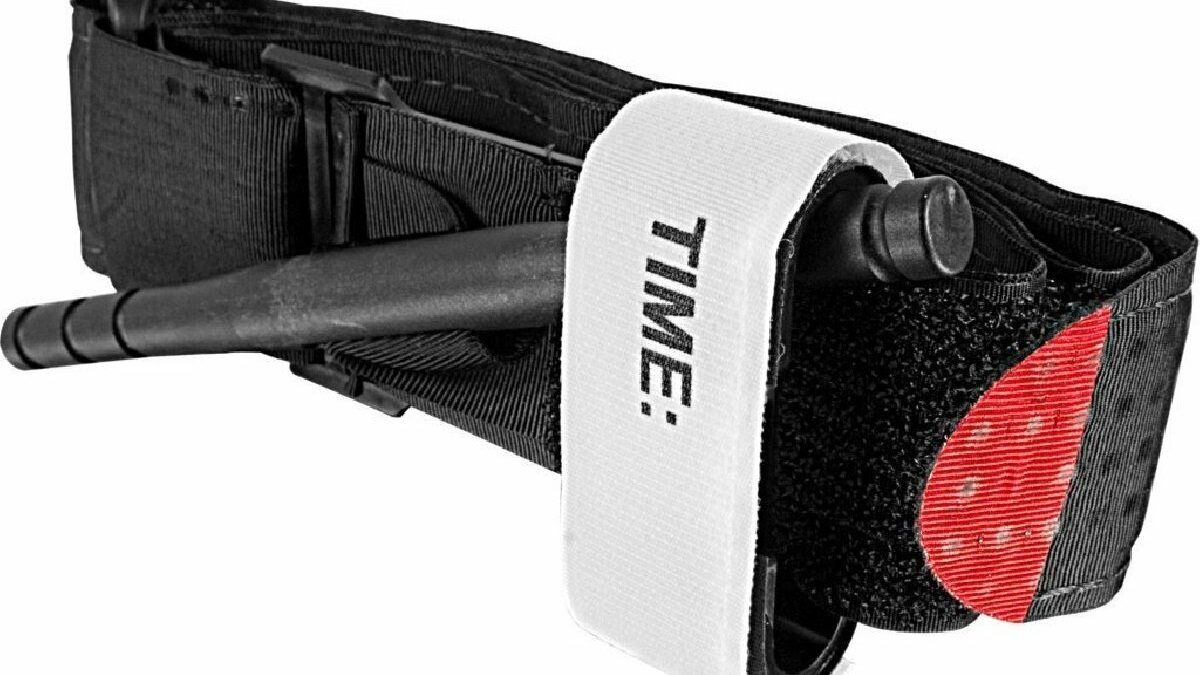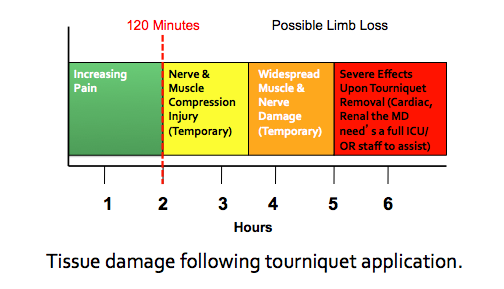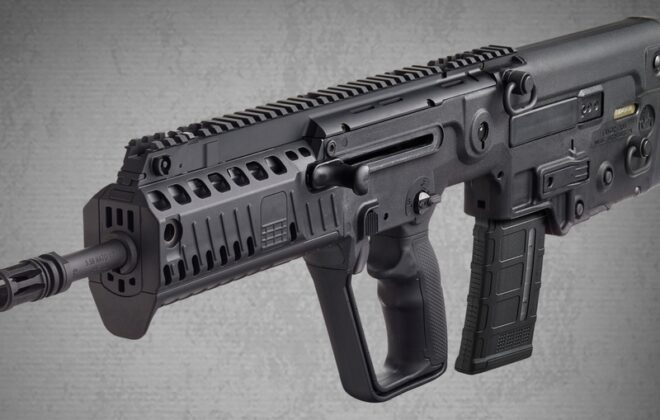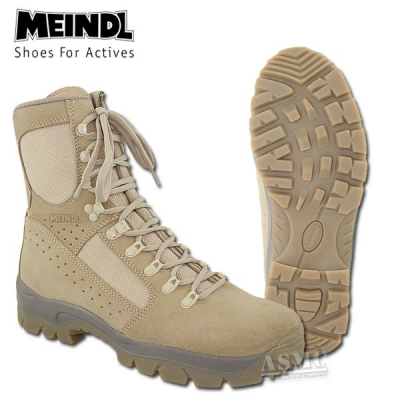5 myths about Tourniquets
Having a tourniquet and the skill to use it effectively is, I think, necessary in a world where terrorism happens such as ours. Knowing what is true and what is mythological is critical!
A Tourniquet is the one piece of gear you should never leave behind, it’s saved countless lives and if you don’t have one when you need it, you’re in trouble. We strongly advise you have tourniquets in your home, your vehicle, your first-aid kits, bug-out bags, workshop and anywhere else disaster could strike. Don’t let your spouse try to stop the bleeding with a towel or an arts & crafts tourniquet. We would love for you to buy one from us to help offset the cost of the site but what’s most important is that you get one somewhere.
5 myths about Tourniquets — Trauma Monkeys http://www.traumamonkeys.com/blog/2014/11/9/5-myths-about-tourniquets
This is a dangerous and antiquated approach to trauma. There is an overwhelming amount of substantiated data that dispel this myth. If you’re attending a class and that’s what you are being told, contact us at Trauma Monkeys ASAP and we will find a course in your area that is teaching the current protocols.
1. TOURNIQUETS SHOULD ONLY BE USED AS A LAST RESOR
This is a dangerous and antiquated approach to trauma. There is an overwhelming amount of substantiated data that dispel this myth. If you’re attending a class and that’s what you are being told, contact us at Trauma Monkeys ASAP and we will find a course in your area that is teaching the current protocols.
shooter, dynamic type event a Tourniquet should be the First choice if there is any suspicion that a casualty is bleeding from an extremity. For many years Extremity Hemorrhage was the number one cause of preventable death on the battlefield it has since been surpassed by junctional hemorrhage (armpit, groin, neck).
Significant improvements in training, coupled with the availability of tourniquets have directly resulted in a marked decrease in mortality. Through education and persistence the military has been able to convince all hands to completely change how they view tourniquets. No easy task considering the how many times we have all been told “only as a last resort”.
2. PLACING A TOURNIQUET (TK) EQUALS LOSS OF LIMB
The fact is loss of a limb is extremely rare. The risk of hemorrhage far outweighs the minuscule risk of limb damage. The old „Life over limb” adage applies here. There are many well-documented cases of patients that have had commercial tourniquets in place for greater then eight hours, with no loss of limb. In the cases where their have been a loss of limb(s), they are directly attributable to a gunshot wound, blast injury, shrapnel, fragmentation, high velocity trauma and not as a result of restricted blood flow from tourniquet placement.
3. BELTS MAKE GREAT TOURNIQUETS
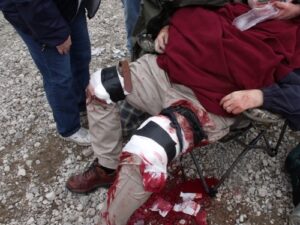
4. IMPROVISED TOURNIQUETS ARE PROPER MEDICAL EQUIPMENT


Boston has since purchased commercial tourniquets and discontinued the tubing policy. When someone is bleeding significantly from an extremity it is hardly the time for arts and crafts. If you are in the business of saving lives then make it your business to have the gear you need to do so.
5. THERE IS A BEST TOURNIQUET OUT THERE
Commercial Tourniquets just like any other piece of gear all have advantages and disadvantages, strengths and weakness, pros and cons. They all have subtle nuances and general rules of thumb regarding their use. I’m often asked what tourniquet I recommend, and my answer is always the question “recommend for who, when, and where?” The Tourniquet that works well for a Marine on his body armor, may not be the best choice for someone doing undercover work. The tourniquet I carry on SWAT missions to treat a wounded Police Officer would be a poor choice in a school shooting with expected pediatric patients. The tourniquet I would use in a controlled emergency room setting would be difficult to use in a low light stressful environment.
Tourniquets come in all different shapes, sizes, colors, and accomplish the job in a myriad of ways. As with any other job, task, or mission the sensible answer is to choose the right tool for the job.
Tourniquets are available in many places, here for example at Trooper.ch
C-A-T, COMBAT APPLICATION TOURNIQUET Gen. 6-70.10.002https://www.trooper.ch/de/c-a-t-combat-application-tourniquet-gen-6.htmlSince its combat introduction by the U.S. Army in 2005, the Combat Application Tourniquet® – a true one-handed tourniquet – has decreased the mortality rate due to extreme exsanguination by 85%. The U.S. Army Institute of Research deemed it to be 100% effective
Tags In
Related Posts
Schreibe einen Kommentar Antworten abbrechen
Du musst angemeldet sein, um einen Kommentar abzugeben.
Kategorien
- Defcon3.ch (4)
- Dokumente (1)
- Ausrüstung (10)
- Medien (1)
- Medi & Pflege (3)
- Training (8)
- Krieger (4)

